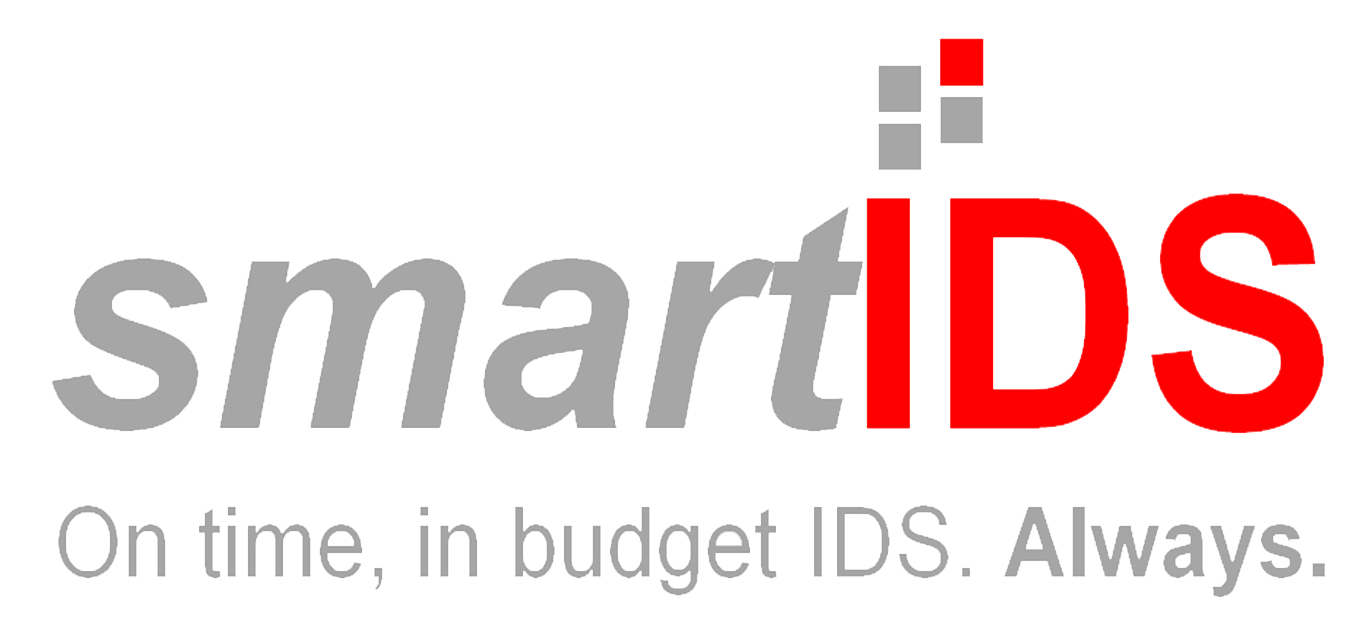Information Disclosure Statement Requirements include a lot of things. Let us know what IDS is before discussing the requirements.
An invention disclosure statement (IDS) is the form which is important to submit related information to your invention’s patentability. It to the USPTO in order to fulfill your duty of disclosure.
An IDS, usually, includes reference to already known patents (relevant), patent applications and other published information.
When to file IDS?
There are many stages during prosecution when you can file IDS:
- At the time of application filing or within fixed time duration i.e., 3 months from the actual filing date of application or before the issuance of first office action.
- Before sending the final office action.
- Before the issue fee payment.
- After you pay issue fee but before issuance.
Know everything in detail about when to file IDS here.
Information Disclosure Statement Requirements
Any information known to applicants that is “material to patentability” is important to disclose in IDS.
That information includes the following:
- Prior-art references; old publications of your invention; already published or pending applications related to subject matter;
- Search Reports and Office Actions issued in foreign patent applications or in related U.S. patent applications;
- For any non-English-language document, an English-language translation is important to attach along. The translation can be a manual/human or machine-generated translation of the document.
Also Read: The IDS Particulars: Why, When & How?
Following is an excerpt on the IDS requirements as per the USPTO:
Any information disclosure statement filed under § 1.97 shall include the items listed in paragraphs (a)(1), (a)(2) and (a)(3) of this section.
(1)
A list of all patents, publications, applications, or other information submitted for consideration by the Office. U.S. patents and patent application publications are essentially present in the list in a section separately from the citations of other documents. Each page of the list necessarily includes:
(i) The application number of the information disclosure statement submission application;
(ii) A column that provides a space, next to each considered document, for the examiner’s initials; and
(iii) A heading clearly indicating that the list is an information disclosure statement.
(2)
A legible copy of:
(i) Each foreign patent;
(ii) Each publication or that portion which caused it to be listed, other than U.S. patents and patent application publications unless the Office requires;
(iii) For each cited pending unpublished U.S. application, the application specification including the claims and any drawing of the application or that portion of the application which caused it to be listed including any claims directed to that portion; and
(iv) All other information or that portion which caused it to be listed.
(3)
(i) A concise explanation of the relevance, as it is presently understood by the individual designated in § 1.56(c) most knowledgeable about the content of the information, of each patent, publication, or other information listed that is not in the English language. The concise explanation may be either separate from applicant’s specification or incorporated therein.
(ii) A copy of the translation when English-language translation of a non-English-language document, or portion thereof, is within the possession, custody, or control of, or is readily available to any individual designated in § 1.56(c).
Read even the minutest detail about information disclosure statement requirements set by the USPTO, here.
Why Choose SmartIDS Solutions?
SmartIDS Solutions prepares ready-to-file IDS forms in prescribed formats by the concerned offices at a very affordable rates. We also ensure timely delivery of information disclosure statements and opportune patent grant for your invention is our top priority.
Our team remains up-to-date with the current regulations and always comply with the rules of the USPTO. SmartIDS also ensures 100% quality assurance of the outputs and that is what has helped us to serve and gain trust of clients of more than 60+ countries across the globe.
To make an inquiry, visit the Smart IDS Solutions Services.
Other Related Articles:
- Prior-art Search: Compulsory or not?
- Pains and Perils of Not Proofreading Patents
- Why You Must Have Patent Search Report Before Applying a Patent?
